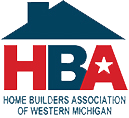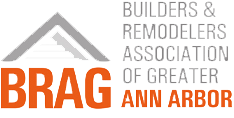
GSW // UNDERSTANDING KEY ACOUSTIC RATINGS
The growing construction sector is placing increased emphasis on acoustic performance in both new and retrofit projects. Factors such as population growth, urbanization, and a robust construction industry are driving this trend forward. LEED standards also highlight the importance of acoustics in creating comfortable environments.
Society’s rising awareness of the impact of noise pollution on health is influencing design considerations. Research from the CDC indicates that one in four adults displays symptoms of noise-induced hearing loss, underscoring the importance of safety and occupant comfort in new constructions. Retrofitting commercial spaces for improved acoustic performance, especially in proximity to busy airports, is also on the rise.
Industry stakeholders should be mindful of advancing acoustic performance standards. While various factors contribute to a space’s comfort, exterior facades play a crucial role. The selection of glass types and fenestration significantly impacts the desired acoustic outcomes. Adding high-performance panels to storefronts or curtain walls is a common and effective strategy for retrofitting buildings, but ongoing innovations in facade designs aim to enhance acoustic comfort further.
Understanding key acoustic ratings is essential for informed product selection and installation. The Sound Transmission Class (STC) rating, a long-standing metric, measures noise transfer between rooms, while the Outdoor-Indoor Transmission Class (OITC) rating focuses on noise from outside to inside. Though STC ratings are commonly used for soundproofing, OITC ratings are vital for commercial buildings near airports or in urban areas. GSW products all fit under the acoustic ratings and we understand how essential this is for installation and product selection.
Properly applying these ratings to specific scenarios ensures optimal occupant comfort. STC ratings are suitable for projects soundproofing internal walls, whereas OITC ratings are essential for locations exposed to external noise sources. Recognizing noise frequencies — be it low-frequency (e.g., air traffic) or high-frequency (e.g., train/subway noise) — helps in selecting products that effectively dampen noise across the spectrum.
Thoroughly evaluating GSW product test results for transmission loss in various frequencies enhances the understanding of acoustic performance. As the industry evolves, GSW pays attention to specified ratings and clarification of any uncertainties and we understand that these steps are crucial toward ensuring occupant satisfaction with the acoustic environment. Such diligence may earn gratitude from the building’s occupants in the future.








